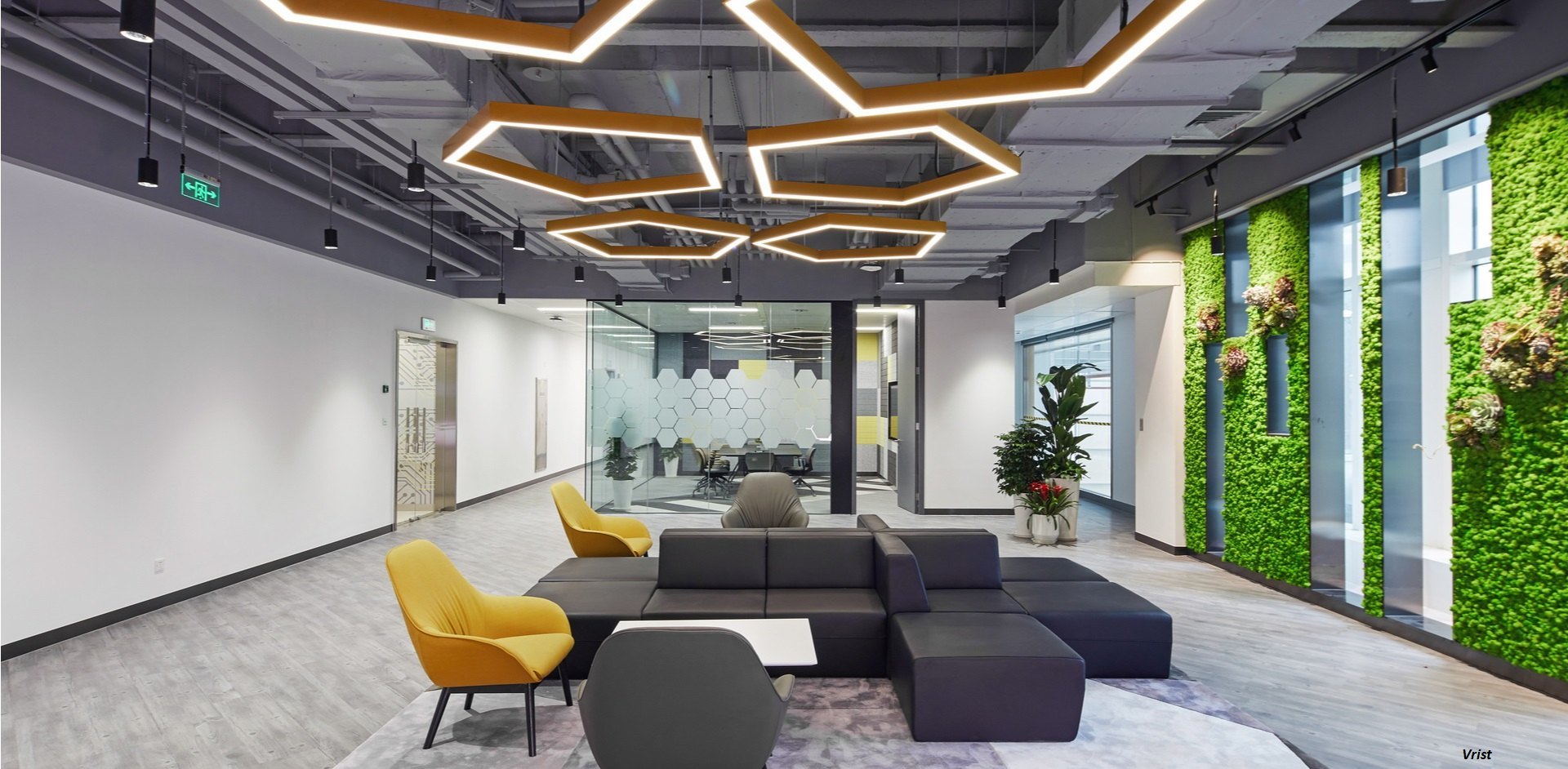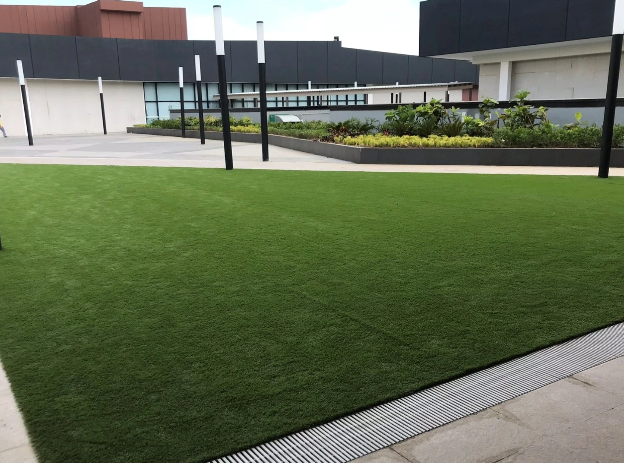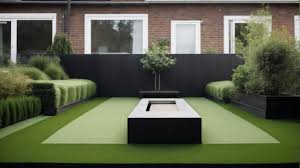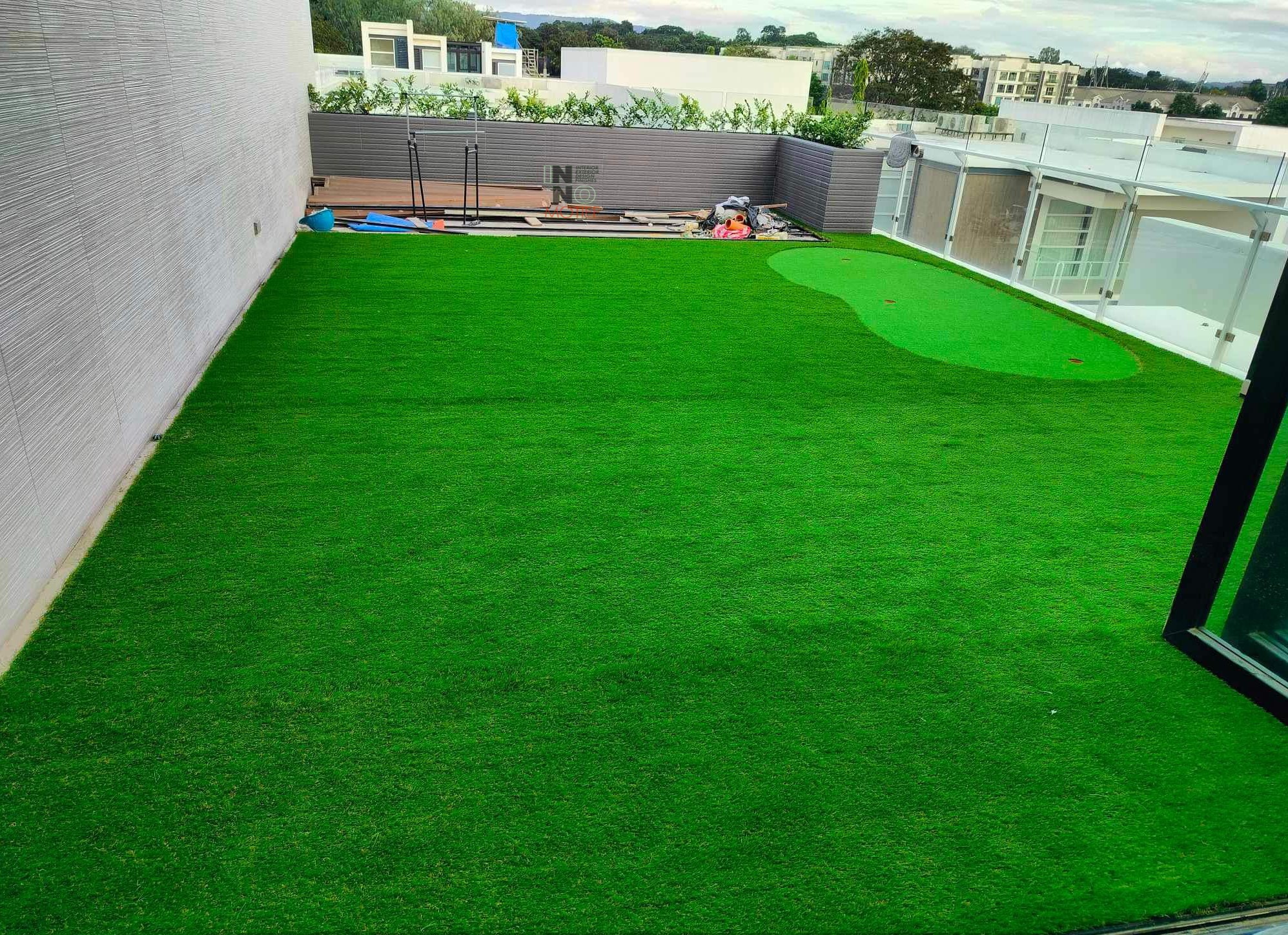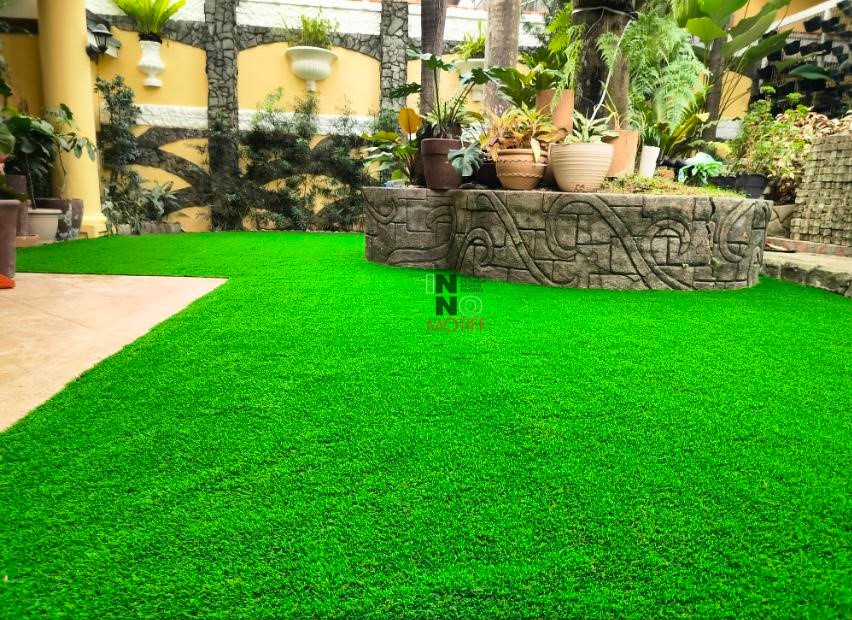Interior design for commercial spaces plays a critical role in shaping the environment where businesses operate, influencing both employee performance and client perceptions. A thoughtfully designed commercial space creates a balance between aesthetics, functionality, and brand representation. Whether it’s a modern office, a stylish retail store, or a welcoming hospitality venue, the right interior design enhances productivity, improves customer experience, and leaves a lasting impression. Professional interior design for commercial spaces ensures that every element, from lighting to furniture selection, contributes to a cohesive and efficient environment.
Why Interior Design Matters for Commercial Spaces
Interior design for commercial spaces directly impacts the way employees, clients, and visitors interact with a business. A well-designed workplace promotes efficiency, reduces stress, and fosters collaboration among employees. For retail environments, strategically planned layouts and visual elements encourage customer engagement and increase sales. In hospitality spaces, thoughtful interior design creates comfort, elegance, and memorable experiences that attract repeat visitors. Commercial interiors also need to comply with safety standards, building codes, and accessibility requirements. Combining these functional considerations with design expertise ensures the space is both practical and visually appealing.
Each industry benefits differently from interior design for commercial spaces. Offices require layouts that facilitate workflow and minimize distractions. Retail stores benefit from designs that encourage browsing, highlight products, and create a strong brand identity. Hospitality businesses, such as hotels or restaurants, thrive with interiors that evoke a welcoming and memorable ambiance. Even healthcare and educational facilities require commercial interior design that is functional, safe, and conducive to well-being. Proper design enhances the overall business environment while reflecting the company’s values and brand personality.
Key Elements of Successful Commercial Interior Design
Successful interior design for commercial spaces requires careful attention to several key elements:
Space Planning: Smart layouts maximize efficiency and create logical flow. Proper space planning reduces congestion, optimizes work areas, and ensures customers or clients can navigate easily.
Lighting: Appropriate lighting improves visibility, enhances mood, and supports employee productivity. A combination of natural and artificial light, along with task-specific lighting, creates a balanced environment.
Color Schemes and Branding: Colors influence emotions and perceptions. Choosing color palettes that align with brand identity reinforces recognition and creates the desired atmosphere for clients and employees.
Furniture and Materials: Selecting furniture and materials that are durable, functional, and visually appealing is essential for commercial spaces. High-traffic areas benefit from scratch-resistant surfaces, ergonomic seating, and flexible furniture arrangements.
Technology Integration: Modern commercial interiors increasingly incorporate smart technologies. Features like automated lighting, climate control systems, digital signage, and collaborative workstations enhance efficiency and create a contemporary, professional environment.
Common Types of Commercial Interior Design Projects
Commercial interior design projects vary according to industry and purpose. Each project type demands specific considerations and strategies to achieve optimal results.
Office Spaces: Interior design for commercial spaces in offices focuses on creating areas that enhance productivity and collaboration. Open layouts, private meeting rooms, break zones, and ergonomic workstations contribute to employee comfort and efficiency.
Retail Stores: Retail interior design emphasizes visual merchandising, effective product placement, and an inviting shopping experience. Thoughtful interior design for commercial spaces ensures customers can navigate easily while enjoying the store’s aesthetic appeal.
Hospitality Spaces: Hotels, cafés, and restaurants require interior design that creates a welcoming atmosphere while maintaining functionality. Lighting, furniture, and layout choices influence guest experience and can impact brand reputation.
Healthcare and Educational Facilities: Hospitals, clinics, and schools benefit from interior design that supports comfort, safety, and operational efficiency. Functional layouts, durable materials, and calming aesthetics contribute to well-being and productivity.
The Role of a Professional Interior Design Team
Hiring a professional interior design team is crucial for achieving high-quality results. Experienced designers provide valuable expertise in space planning, material selection, and project management. They ensure that commercial interior design projects are executed efficiently, meet regulatory standards, and reflect the client’s brand identity.
Project management is a key advantage of professional interior design services. A dedicated team oversees timelines, coordinates contractors, and ensures quality control throughout construction or renovation. Working with professionals also reduces risks associated with budget overruns, delays, or safety issues. Interior design for commercial spaces is a complex process, and collaborating with a skilled team ensures that each detail, from flooring to lighting, contributes to a polished and functional environment.
From Concept to Completion: The Interior Design Process
Interior design for commercial spaces follows a structured process that ensures seamless transformation from concept to completion.
Consultation: Designers assess the business’s requirements, brand identity, and space layout. Understanding client goals allows for tailored design solutions that address both aesthetics and functionality.
Design Development: This stage involves creating mood boards, layouts, and 3D visualizations to help clients visualize the final space. Designers provide expert guidance on color schemes, materials, lighting, and furniture selection.
Project Implementation: During construction or renovation, the design team manages all aspects, including electrical work, flooring, painting, carpentry, and furniture installation. Professional oversight ensures safety, quality, and timely completion.
Final Handover: The completed space is inspected to confirm it aligns with the client’s expectations. Commercial interior design for spaces includes ensuring compliance with regulations, functionality, and a polished aesthetic that reflects the business brand.
Sustainable and Functional Design Trends
Modern commercial interior design increasingly emphasizes sustainability and functionality. Eco-friendly materials, energy-efficient lighting, and recycled or low-impact furniture reduce environmental footprint while enhancing long-term cost savings. Functional design also incorporates flexible workspaces, modular furniture, and multipurpose areas to accommodate evolving business needs. These trends not only create visually appealing environments but also support corporate responsibility initiatives and employee satisfaction.
Why Choose a Trusted Interior Design Company
Selecting a reliable interior design company is essential for successful commercial space transformation. A reputable firm provides experienced designers, quality materials, skilled craftsmanship, and comprehensive project management. Professional interior design services offer tailored solutions, ensuring that each commercial space reflects the client’s brand identity while supporting operational efficiency. Partnering with a trusted company simplifies the renovation process, minimizes disruptions, and delivers spaces that impress clients and enhance workplace productivity.
Takeaway
Interior design for commercial spaces is a strategic investment that elevates business performance and strengthens brand identity. Professional design ensures that every element, from layout to lighting, contributes to a cohesive, functional, and aesthetically appealing environment. Businesses that prioritize expert interior design create workplaces and customer-facing spaces that inspire confidence, improve efficiency, and leave lasting impressions. Engaging experienced designers guarantees a seamless process, exceptional quality, and a space that aligns with the vision and goals of the organization.
FAQ
What is commercial interior design?
Commercial interior design is the process of planning, designing, and furnishing commercial spaces, such as offices, retail stores, or hospitality venues, to optimize functionality and reflect the brand identity.
How does interior design impact employee productivity?
Proper interior design improves workflow, reduces distractions, and creates comfortable work environments, which can boost employee focus and overall productivity.
How long does a commercial interior project usually take?
Project timelines vary depending on the space size and complexity. Small renovations may take a few weeks, while complete commercial fit-outs can take several months.
What is the difference between residential and commercial interior design?
Commercial interior design prioritizes functionality, safety, and brand identity for businesses, while residential design focuses on personal comfort, aesthetics, and lifestyle.
How can I choose the right design company for my business space?
Look for experienced designers with proven portfolios, strong project management skills, quality workmanship, and the ability to tailor solutions to your brand and operational needs.

